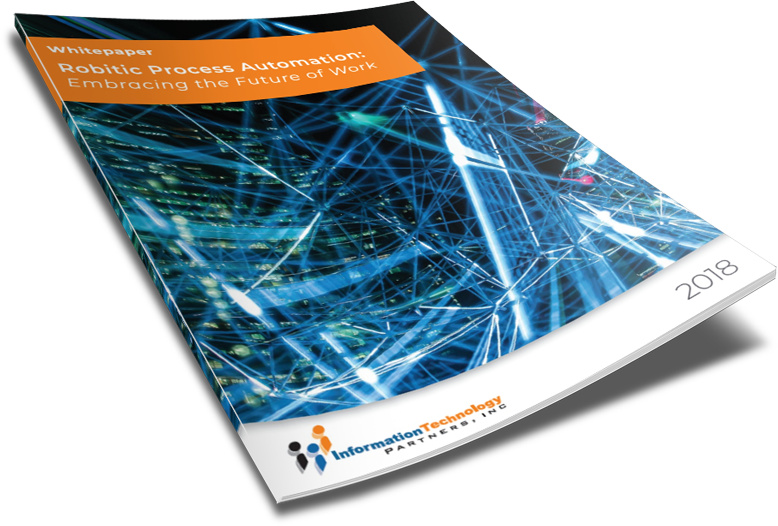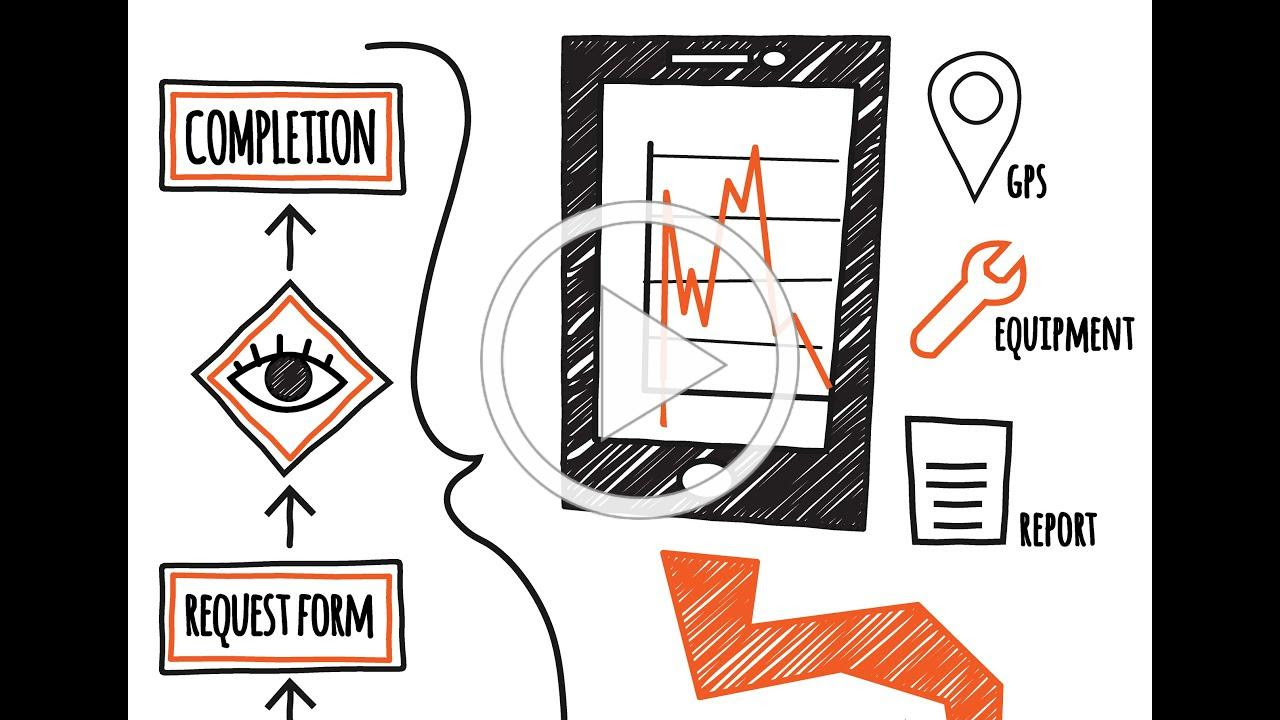TAKE NOTE (Insights and Emerging Technology)

To no-one in particular’s surprise, SAP has announced the much anticipated changes in its post 2025 ERP product line maintenance policy. Let’s break it down…
- A commitment for maintenance for S/4HANA through to 2040
- An extension of the ‘2025’ deadline for maintenance cut off for SAP ERP 6.0, SAP Customer Relationship Management 7.0, SAP Supply Chain Management 7.0, and SAP Supplier Relationship Management 7.0 applications and SAP Business Suite powered by SAP HANA
- Beyond 2027, customers in transition will have the option to purchase extended maintenance through to the end of 2030 at a premium of two percent above existing maintenance prices of 22%.
- Customers who choose not to make the S/4 transition “will automatically be transferred to the customer-specific maintenance model. This includes problem solving for known issues at unchanged fees.”
Included in the announcement, Geoff Scott CEO ASUG is quoted as saying:
“This announcement is not a signal to slow down. This is now the time to commence plans and move forward so that SAP customers can harness business value from what is the most significant technology change in SAP’s recent history.”
-Andreas Oczko, the DSAG Board Member for Operations/Service & Support said in a separate announcement that:
“The maintenance commitments for S/4HANA through at least 2040 and for Business Suite 7 through the end of 2030 are not a carte blanche for companies to keep waiting. Instead, it is a sign they should put their recent reluctance to one side and start tackling digital transformation.”
It is estimated that as many as 25% of all current SAP customers might choose to abandon SAP altogether or simply put their R/3-ECC landscapes on hold, preferring instead to innovate around the edges with third party solutions. Why?
- All those products in a typical S/4 bundle? Excluding S/4 and HANA Enterprise – all are candidates for replacement by third party solutions that are in market today.
- Customers who fear being ‘wallet fracked’ will be naturally hesitant.
- 3PM vendors can offer R/3-ECC customers breathing and budget space to innovate without making a transition
- There is a long tail of small R/3-ECC customers who can find alternative solutions that are equally feature rich elsewhere.
The challenges for SAP are clear:
- Assure customer that making the investment decision to go with S/4 demonstrates clear value for the next 20 years. It’s not enough to point to past success.
- Solve the tooling problems – preferably by aligning more closely with partners who are in market rather than relying solely on its own tooling.
- Ensure that certifying consultant on S/4 does not continue the bad practices of the past where taking a multi-choice exam gets a newbie across the line. Customers won’t tolerate that.
Interested in learning more about RPA? Download our FREE White Paper on “Embracing the Future of Work”
UNDER DEVELOPMENT (Insights for Developers)
How a Platform Technology like BPM Can Accelerate Your DX Journey
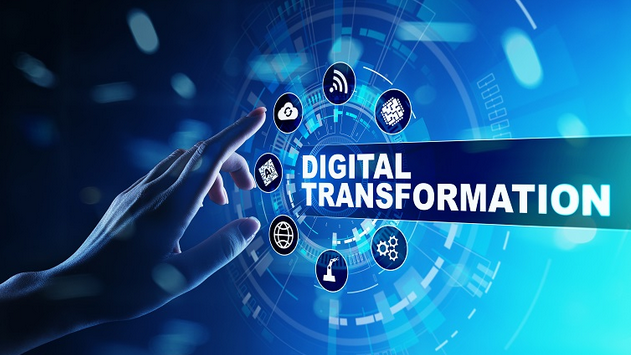
Although the idea of a digital business transformation is a hot topic for companies and governments across the globe. Executives in all industries are using digital advances such as analytics, mobility, social media and smart embedded devices as well as improving their use of traditional technologies such as ERP to change customer relationships, internal processes and value propositions. There is no doubt that more and more businesses than ever are seeking to achieve a state of full operational efficiency and effectiveness via digital transformation.
But what is Digital Transformation or DX? Well Wikipedia use the following very simple definition

A digital business transformation initiative touches many, if not all, aspects of your business. From common business processes to the way the organization develops models for its corporate ecosystem, as well as customers, automation, digital content generation, and more.
Well it is at the intersection of business process, automation, and managing constant change that a BPM platform like the ones from PegaSystems or Appian can accelerate the DX journey. Let’s explore this a bit more..
The Nine Elements of Digital Transformation
In “The Nine Elements of Digital Transformation,” from CIO Magazine describe a coherent and logical approach to digital transformation, placing its key attributes (items) in three broad categories. Customer /User, Operations, and Business Models. I will be changing the customer category to be the User category and replacing “Sales Pitches” with Growth, as I am writing this mostly for Governments and not commercial entities. The list is outlined below…
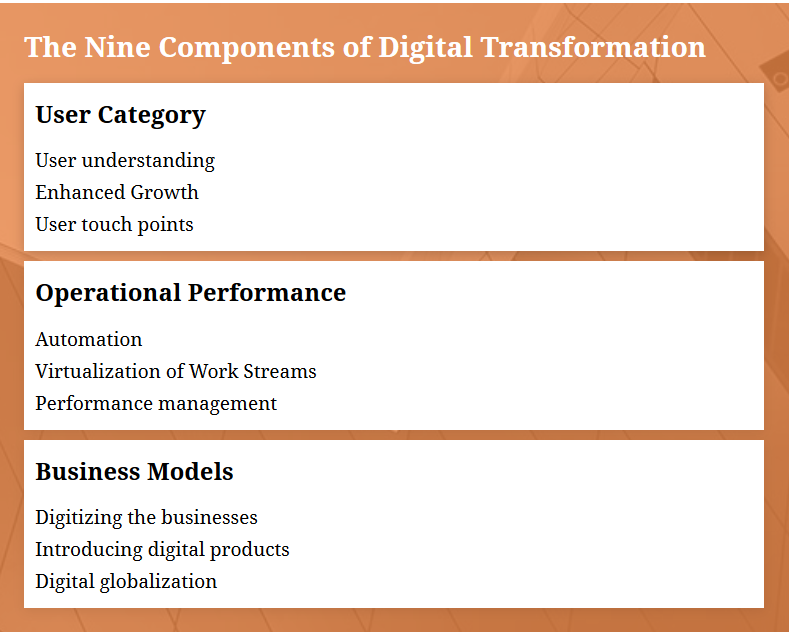
It is in the second category, Operational Performance, that is largely responsible for the moving pieces to make any DX initiative work. It is also this central category that consolidates all the elements of the digital business transformation process, providing the ground for new and necessary business models come to life, and enabling them to be agile, efficient, and intelligent. It is inside this category a BPM System could help an agency or company Automate thru the use of RPA (Robotic process Automation), Virtualize work via unattended RPA in conjunction with intelligent workflows, increase performance with a beautiful and intuitive UX, build low-code solutions that are high-performing, reliable and scalable.
Dig Deeper – Intelligent Business Process Management
Q&A (Post your questions and get the answers you need)

Q. Is S/4HANA In-App Extensibility mean the end of classical extensions?
A. This is a great question. The answer is “Not Yet”.
Let me explain…
We all hopefully know that with S/4HANA comes a new Extensibility Framework. The questions we are getting now, are related to the use of the framework and the uses of In-App and Side-by-Side extensions for the custom code management. Some examples would be When should I use In-app extensions vs. Side-by-side? What about the old way of extending SAP (what you are correctly calling classical)?
First let me say there is an excellent white paper by SAP on this subject. It was written for a single tenant cloud solution, but is applicable for on-premise as well. You can download it HERE While this white paper will discuss both, we will focus ONLY on the In-App Extensibility option in response to your question.
SAP has always permitted the flexibility to adjust the standard code in order to cater to custom business process needs. To achieve this SAP has provided extension points at different levels and layers in the form of Customer exits, BTE’s, BADi’s and APPEND structures…etc.
Now, lets see what we have with the S/4HANA Extensibility framework, specifically In-App extensibility. With In-App Extensibility, we have tools available to extend application at different layers like
- UI extensibility – Hide, move, add fields, change labels
- Field extensibility – Custom fields & Logic
- Table extensibility – Custom objects
- Business logic extensibility (Restricted ABAP – Check this blog for different shades of ABAP)
- Analytics extensibility
- Forms & Email extensibility
Now back to your question… In order to answer it we need to map the classical extensions with the new framework. We attempt to find a match, and when we don’t, well we have a GAP.
So for example…
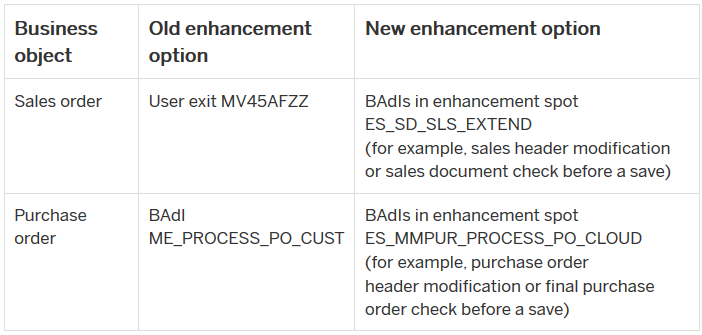
So in order to answer your question, the next logical question is; can all the extensions be mapped to new options ? The answer to that is NO, at least for the time being. Thus my response of “Not Yet”
The in-app extensions are possible only for applications for which business contexts are available. The number of available business contexts are still very small, but the number is increasing with every release of S/4HANA.
Here’s a good place to start, along with reading the white paper above.SAP has provided the standard transaction code “SFCD_REGISTRY” (Extensibility Registry). It is a one stop shop for in-app extensibility usage for different ABAP objects. It gives you information like:
- Which all Apps/OData can be extended with custom fields
- GUI apps which are supported by In-App extensibility
- CDS Views which can be extended with it
- SOAP Services ,FM & IDOCs which are covered by In-App Extensibility
Cheers!


